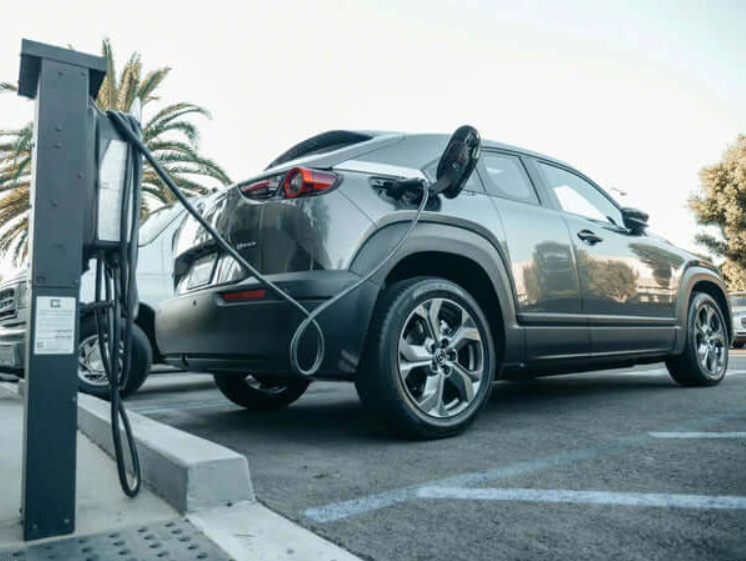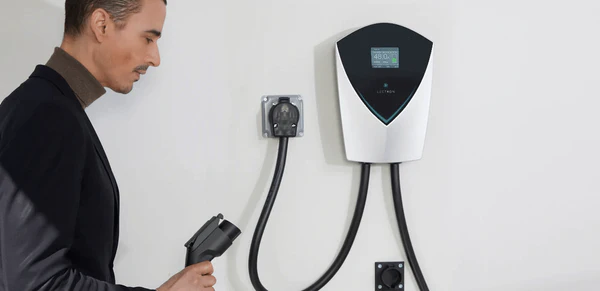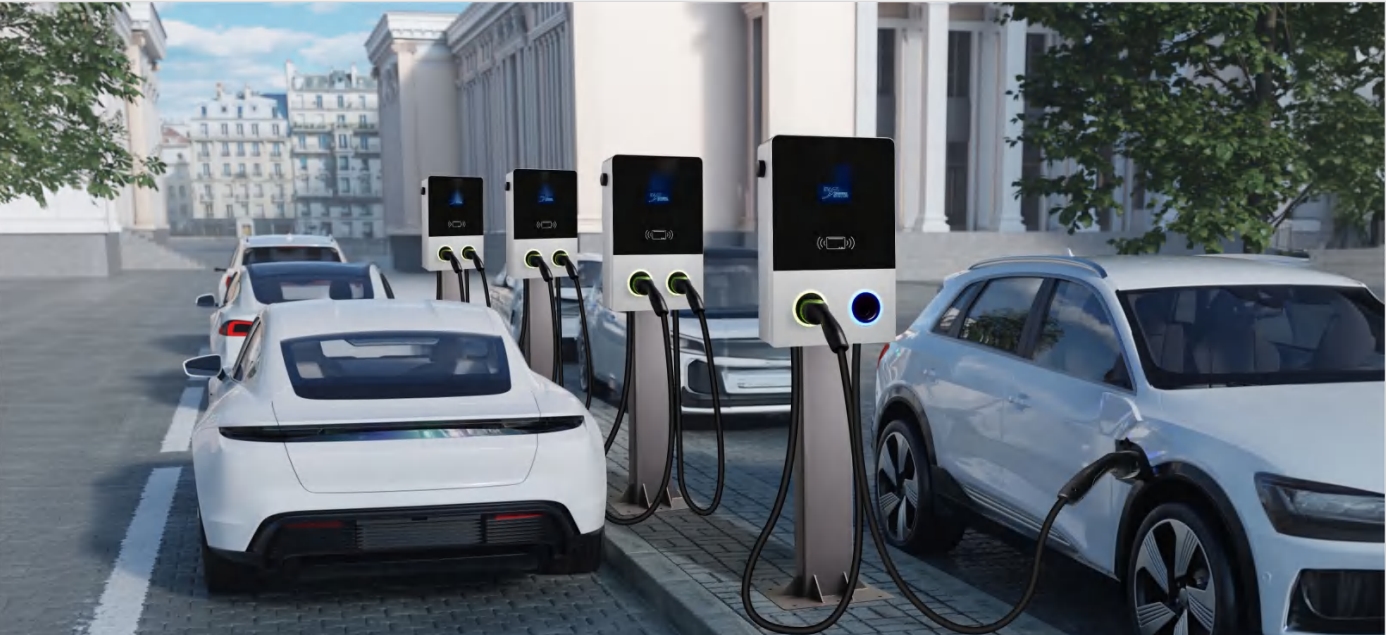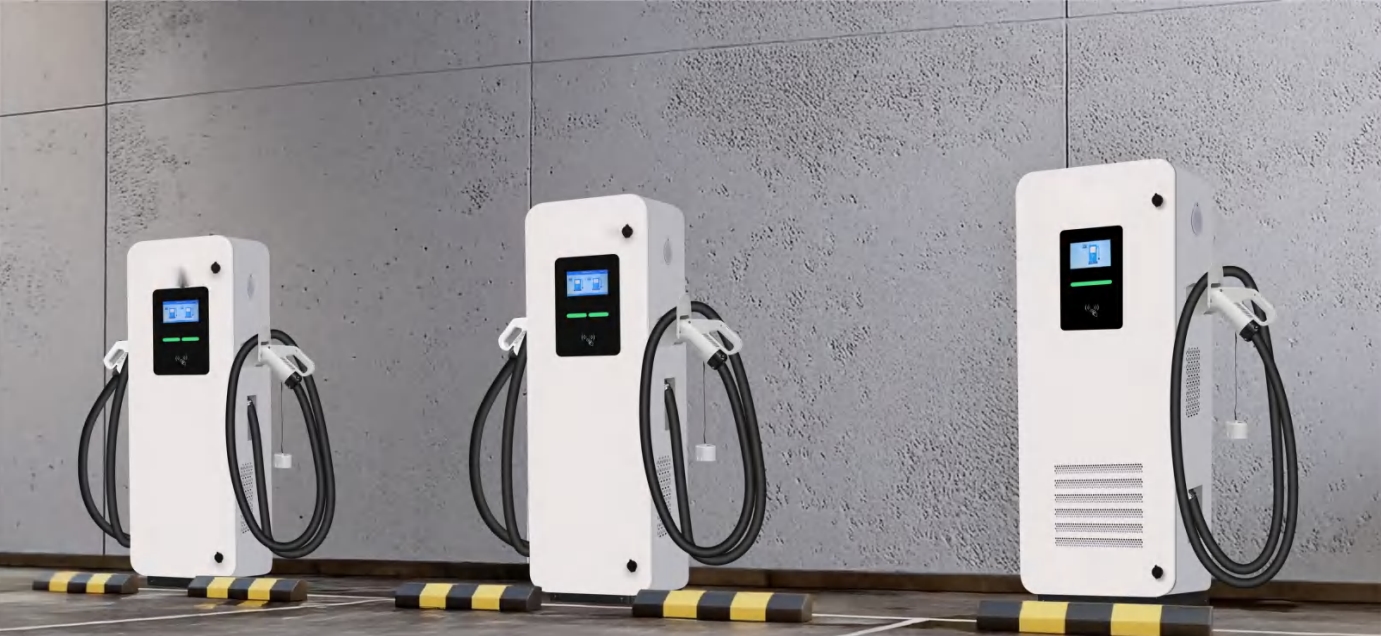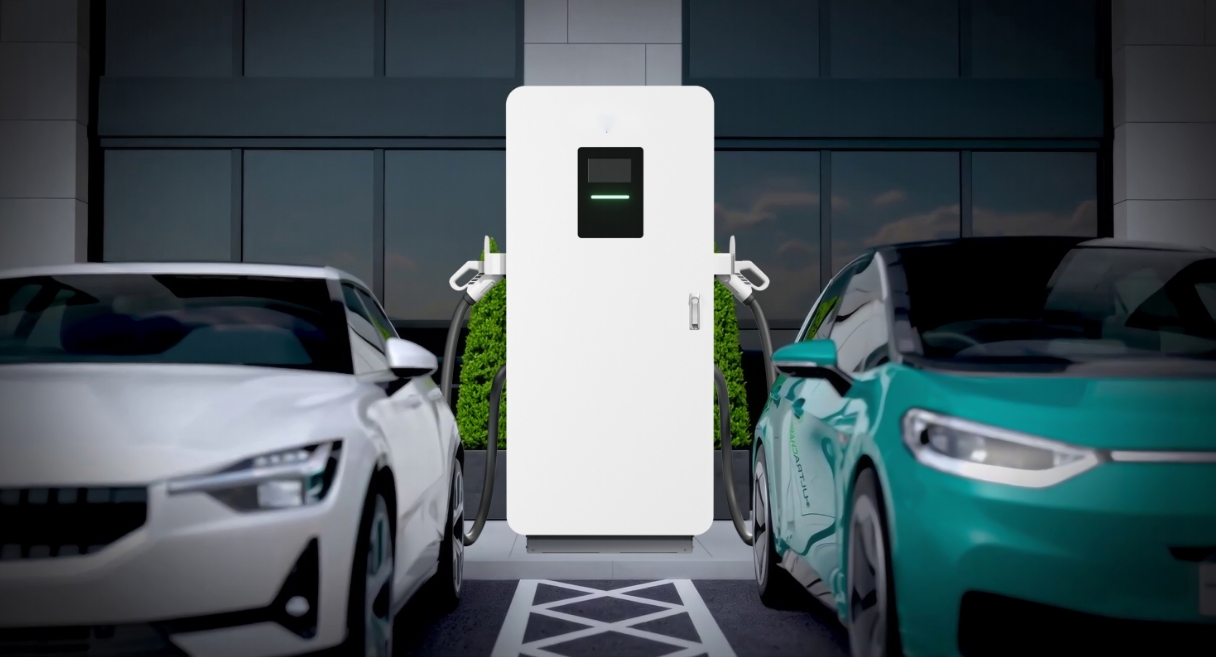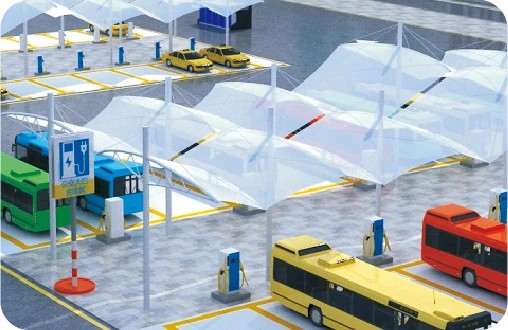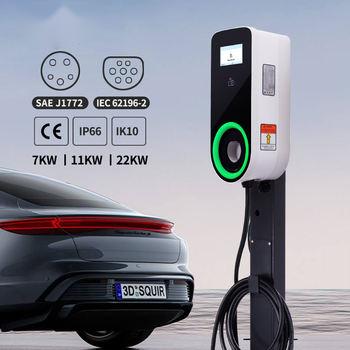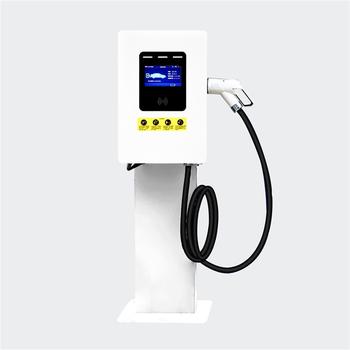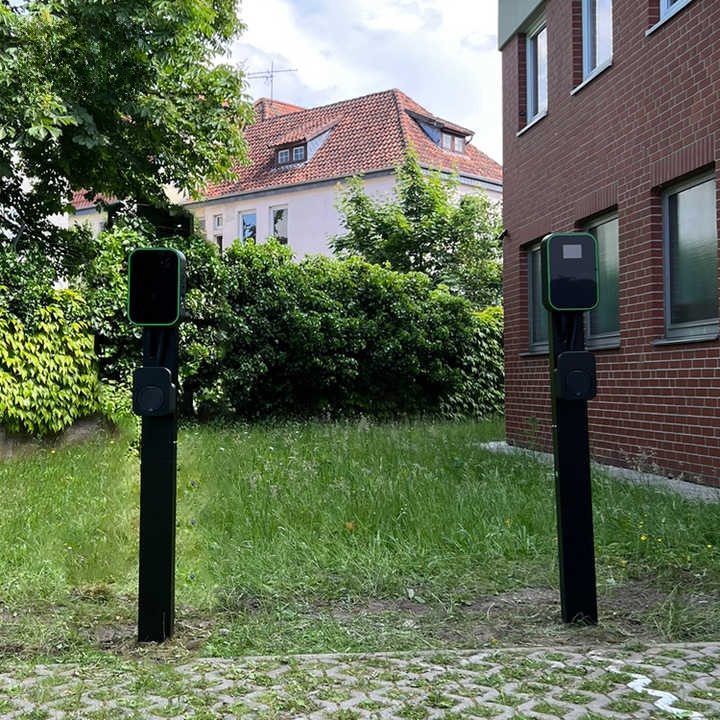An Article To Understand The Technology Of Electric Vehicle Charging Piles?
An Article To Understand The Technology Of Electric Vehicle Charging Piles?
Transportation is changing as a result of the move to electric vehicles (EVs), and EV charging technology is central to this change. EV drivers are negotiating a quickly changing landscape of charging infrastructure, from comprehending AC vs. DC charging to investigating upcoming innovations like vehicle-to-grid integration.
Charging Infrastructure: The Backbone of EV Adoption
The key to speeding up the adoption of EVs is the expansion of electric vehicle charging stations. This foundation includes home charging, public charging stations, and charging networks. To ease the burden on EV drivers and lessen range anxiety, the infrastructure must keep up with the increasing number of EVs on the road.
Public Charging Networks
These are needed to extend the range of electric vehicles beyond their home bases. A network of AC and DC charging points makes long-distance EV travel possible. Plus innovations like Plug and Charge allow vehicles and charging points to talk to each other, making the process seamless by eliminating the need for external authentication.
Private Charging Stations
Private points, including home-based systems, are still popular for daily EV charging. But as they rely on existing electrical infrastructure, balancing energy demand with the grid’s capacity is key to performance.
AC vs. DC
EV charging comes in two forms: AC (alternating current) and DC (direct current). AC charging involves the vehicle’s onboard converter transforming AC from the charging station into DC to charge the battery. DC fast charging, on the other hand, bypasses this conversion by directly delivering DC to the battery, which speeds up the charging process.
- AC Charging: Slower but often sufficient for daily use, making it common in home and workplace chargers.
- DC Charging: Offers faster charging speeds but requires more specialized infrastructure, primarily used at public charging stations for rapid recharging.
Understanding Charging Levels
The three types of EV charging systems are Level 1 (120V), Level 2 (240V) and DC Fast Charging. Level 1 uses standard home outlets for slow charging, Level 2 is faster for residential and public charging, and DC Fast Charging is the fastest, used at commercial points for rapid top-ups.
- Level 1 Charging: This is for low-power use and can take over 12 hours to fully charge an EV. Good for overnight charging at home.
- Level 2 Charging: Faster than Level 1, level 2 charger can charge most EVs in 4 to 6 hours, good for home, public, or workplace use.
- DC Fast Charging: The fastest method, DC fast charging delivers high power directly to the battery, and reduces charge time to under an hour.
The Different Charging Connectors
Different charging connectors correspond to the various electric vehicle charging levels. Depending on the charging level, vehicle brand, and location, electric vehicle supply equipment, or EV chargers, have varying connectors.
- SAE-J1772: The SAE J1772 chargeris the standard connector for all non-Tesla electric vehicles in North America for both level 1 electric car charger and Level 2 charging. This plug is widely available and compatible with most charging points, making it a good option for EV drivers. Simple design and supports both AC power levels.
- Tesla Connector:Tesla vehicles use a proprietary plug that works for all three charging levels (Level 1, Level 2, and DC fast charging). Tesla Superchargers are for Tesla vehicles only but Tesla has opened its Supercharger network to select EV brands and models using a NACS to CCS adapter. Tesla vehicles can also access other charging points using a Tesla to J1772 adapter. Check out our collection of EV adapters for more options.
- CCS (Combined Charging System):The Combined Charging System (CCS) is the industry standard connector for DC charging stations. It combines the SAE-J1772 connector with two additional power pins for fast charging, making it the most common DC fast charging plug in North America. This plug supports faster charging and is used by many vehicle brands.
- CHAdeMO:The CHAdeMO connector is a DC fast charging standard developed by the Japanese auto industry, used by some brands like Nissan and Mitsubishi. Although reliable, it’s becoming less common as more manufacturers adopt the CCS standard for DC fast chargers. CHAdeMO still fast charges but is limited to fewer vehicles.
Charging Networks: Expanding Access
As electric vehicles become more mainstream, the need for an accessible and reliable charging network is growing rapidly. Charging points are no longer limited to home installations; they are now in commercial areas, shopping malls, and along highways. Expanding these networks is crucial to support the growing EV market, so drivers have charging infrastructure wherever they go.
Changing Standards: NACS vs. CCS
The debate between the North American Charging Standard (NACS) and the Combined Charging System (CCS) is getting hotter as more automakers and charging networks adopt different standards. Here's an overview of each connector:
NACS (North American Charging Standard)
Tesla Motors began development of the NACS in 2022 as a slightly modified version of its proprietary Supercharger connector. This charging standard uses power-line communication (PLC) and the ISO 15118 protocol, so it’s electrically compatible with any EV with a CCS plug. Although NACS is not yet a formal standard through SAE International, major car manufacturers like Ford, GM, and Rivian have committed to include NACS receptacles in their vehicles by 2025.
NACS Pros:
- Ergonomics:The NACS plug is smaller and lighter than the CCS.
- Reliability: NACS chargers have a lower failure rate, and Tesla’s Supercharger network is reliable.
- Public Charging Points:Tesla’s Supercharger network has more public charging points than CCS despite fewer stations.
- Simplified Charging:Plug and charge, no credit cards or apps are needed, and charging is simpler.
NACS Cons:
- Fewer Charging Locations:Although there are more public points, there are fewer NACS charging locations than CCS.
CCS (Combined Charging System)
- With support for both alternating current (AC) and direct current (DC) charging, CCS has been a well-known charging standard in the US for a number of years. Because of its high voltage and quick charging capabilities, the system is a favorite among many automakers, including Mercedes-Benz, Hyundai, Kia, and Volvo.
CCS Pros:
- Faster Charging:CCS chargers can do 350 kW and charging is faster.
- Industry-Wide Adoption:Many car manufacturers support CCS, so it’s compatible with many EV models.
- Wider Availability:CCS stations are more widespread and easier to find in many areas.
CCS Cons:
- Bulkier Design:Larger and heavier connectors and cables can be a pain in bad weather.
- Lower Reliability:CCS stations have been reported to have a higher failure rate compared to Tesla’s Superchargers.
Comparing NACS and CCS
Both standards offer unique advantages and challenges. NACS boasts better ergonomics, streamlined charging processes, and more reliable infrastructure, while CCS offers faster charging and wider distribution. While Tesla's NACS plugs are optimized for user convenience, CCS accommodates a broader range of EV models.
Overcoming Challenges in EV Charging
EV charging has its own set of challenges, from infrastructure to grid capacity. Here are the top challenges and solutions.
- Limited Charging Infrastructure:More public and private networks, supported by government policies and public-private partnerships can solve this.
- Slow Charging: Investment in DC fast charging and better battery technology can reduce charging time, making EV charging more convenient.
- Grid Strain:Smart grids and V2G or vehicle-to-grid technology can balance the load on the grid, and prevent power shortages during peak hours.
- Charging Accessibility:More charging stations in rural and underserved areas will give EV drivers more access.
- Interoperability of Charging Networks:Roaming agreements and unified standards like CCS will allow the use of different charging networks seamlessly.
The Future of EV Charging Technology
The future of EV charging will make electric vehicles more accessible, convenient, and efficient. Here’s what’s driving that:
Bidirectional Charging Technology
Bidirectional charging allows electric vehicles to not only take energy from the grid but also feed it back. This means vehicles can be mobile energy storage units, supplying power to homes or the grid during peak times. Vehicle-to-Grid (V2G) systems for example can stabilize the grid by allowing vehicles to send back excess power, good for consumers and utility companies.
By allowing cars to supply energy during outages or peak demand, bidirectional charging is key to a more resilient and dynamic energy network. And for EV owners, energy arbitrage – selling energy during peak demand.
Ultra-Fast Charging Stations
Although EV drivers continue to have significant concerns about charging speed, ultra-fast charging stations are on the horizon. The goal of recent advancements is to reduce charging times from hours to minutes. The number of stations that deliver 350 kW or more is increasing, which significantly cuts down on charging time. Charge times may soon be as quick as filling up at the gas station thanks to solid-state batteries and cutting-edge cooling technology.
These will not only make long-distance travel more feasible and desirable for EV owners, but they will also lessen range anxiety.
Wireless Charging
Another big one for the future of EVs is wireless charging. This allows vehicles to charge by just parking over a charging pad, no cables required. Inductive charging systems use electromagnetic fields to transfer energy from a pad on the ground to a receiver in the vehicle. As wireless tech improves it could even allow for dynamic charging, where EVs charge while driving on special roads.
Wireless charging is big for fleet vehicles and autonomous cars, so vehicles are always charged without human intervention.
Vehicle-to-Grid (V2G) Systems
Vehicle-to-Grid (V2G) technology allows electric vehicles to be decentralized power stations, sending back unused energy to the grid. This helps balance the grid during peak hours and mitigate grid wide failures. V2G technology turns EVs into grid assets, allowing better integration of renewable energy sources like solar and wind by supplying energy during lulls in generation.
In the future V2G will be a standard feature in EVs, allowing owners to earn money or credits for participating in grid support programs.
Better Batteries and Charging Speeds
Future breakthroughs in battery tech, including solid-state EV batteries, will get faster charging times, longer ranges, and better safety. Solid-state batteries replace the liquid electrolyte in conventional lithium-ion batteries with a solid material, allowing for higher energy density and faster charging. With advancements in anode and cathode materials, these batteries could charge to 80% in a few minutes, changing the EV charging game.
These will make electric vehicles more practical for daily use, more people will adopt them.
Unified Charging System
One of the challenges in today’s EV market is the multiple charging standards (e.g. CHAdeMO, CCS, Tesla’s Supercharger). The future will have a unified charging system, standardizing connectors and charging protocols globally. This will eliminate compatibility issues and make charging easier for all EV drivers, making it easier to access public charging stations and infrastructure development.
Global standardization is underway, and manufacturers and policymakers are working towards a more consistent and interoperable charging system.
Smart Charging and Grid Integration
By strategically controlling when and how EVs charge in response to grid demand and electricity prices, future smart charging will maximize energy use. These chargers will adjust to current conditions using AI and IoT, allowing cars to be charged during off-peak hours when energy costs are lower and more environmentally friendly. By communicating with solar panels, home batteries, and other renewable energy sources, smart charging could also be integrated with home energy management systems to control overall household energy consumption.
By enabling a more adaptable and effective energy grid, these systems will optimize the advantages of renewable energy sources while reducing stress during periods of high demand.


 Phone
Phone Send Email
Send Email whatsapp
whatsapp Facebook
Facebook Youtube
Youtube


